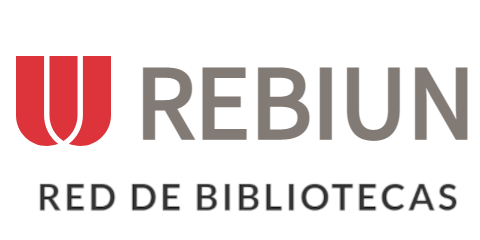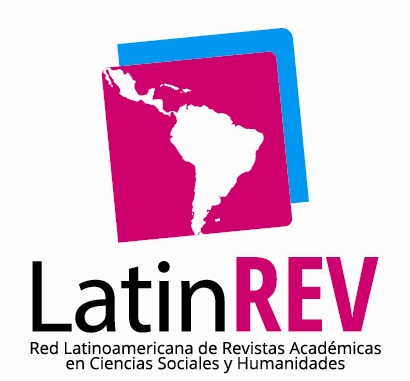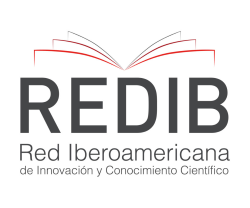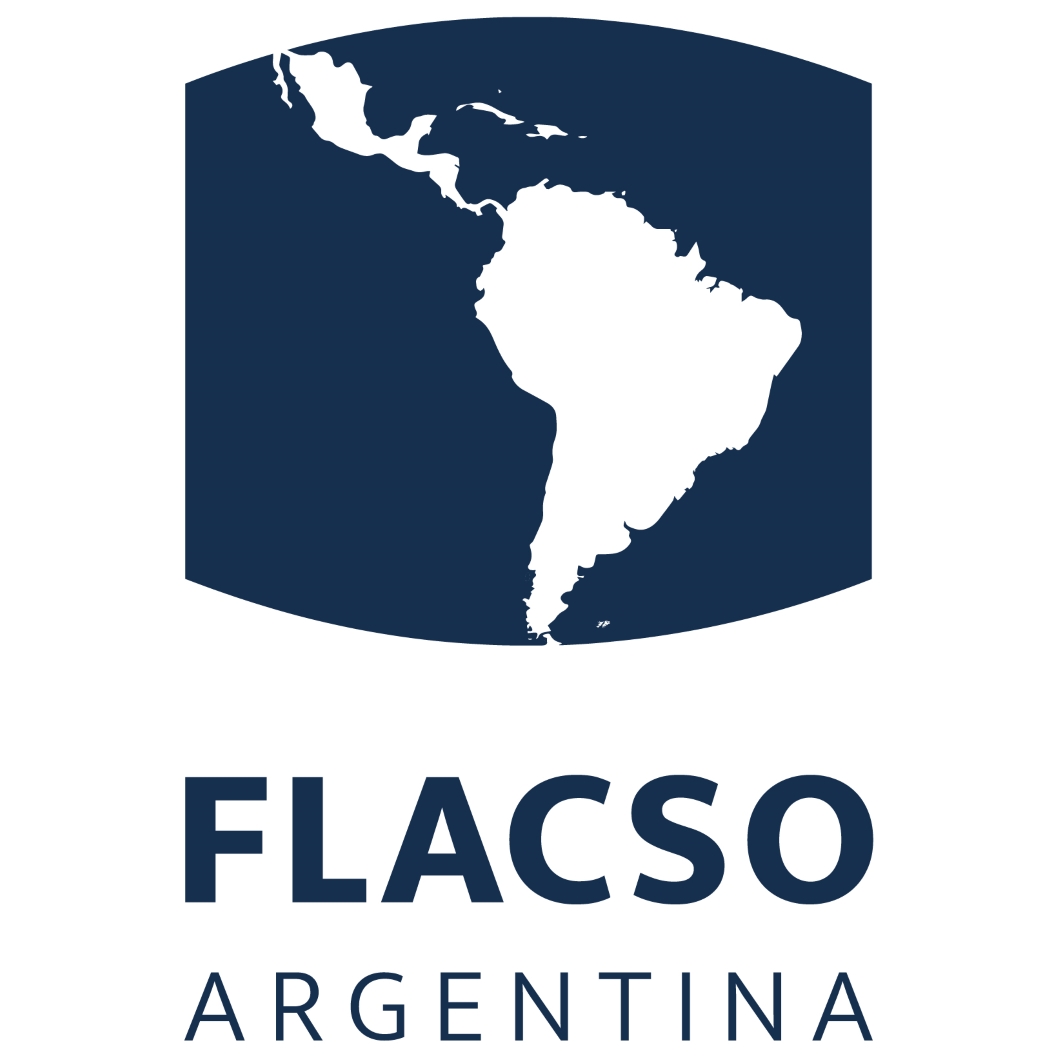Análisis térmico comparativo de materiales de cambio de fase; parafina, sales hidratadas y ácidos grasos, por método de diferencias finitas en Python
Resumen
En este artículo se compara el desempeño térmico de materiales de cambio de fase (PCM), los materiales que fueron seleccionados para el análisis son tres: parafina, sal hidratada (CaCl₂·6H₂O) y ácido esteárico, para ello se desarrollaron simulación numéricas que usan el método de diferencias fintas implementado en Python, los PCM se analizaron en el contexto operativo de un colector solar plano con el fin de identificar los parámetros clave, como temperatura máxima alcanzada, el tiempo de fusión, la eficiencia térmica y la respuesta a cambios de las variables de diseño como, espesor, irradiación solar y la temperatura del ambiente. Los resultados indican que el PCM parafina alcanza una eficiencia térmica del 85%, lo cual lo destaca en aplicaciones cuyo fin es el almacenamiento prolongado, esto evidenciado por excelente capacidad latente, la sal hidratada presento un tiempo de fusión más rápido y una alta conductividad térmica, en procesos industriales de ciclos rápidos es un material que se posiciona como un potencial candidato, tiene una menor eficiencia por efectos del subenfriamiento, el más equilibrado de los materiales de cambio de fase estudiados fue el ácido esteárico en cuanto a su transferencia de calor y la capacidad de almacenar energía térmica, en proyectos sostenibles donde se necesita estabilidad química es una opción viable. El análisis recalca la importancia de una selección adecuada y precisa de PCM dependiendo de su aplicabilidad, además propone explorar distintas combinaciones entre los materiales de cambio de fase para optimizar el rendimiento de los sistemas, estos hallazgos contribuyen al mejoramiento en el diseño de sistemas térmicos eficiente y también sostenibles, con potenciales aplicaciones en sectores industriales y residenciales. Este análisis resalta la necesidad de una selección precisa de PCM según la aplicación y propone explorar combinaciones híbridas para optimizar el rendimiento. Los hallazgos contribuyen al diseño de sistemas solares térmicos más eficientes y sostenibles, con aplicaciones potenciales en sectores industriales y residenciales.
Descargas
Citas
Anggraini, Y., O. Silalahi, A., Sutjahja, I. M., Kurnia, D., Viridi, S., & Wonorahardjo, S. (2021). Temperature-Dependent Thermal Conductivity Measurement System for Various Heat. IIETA, 20(4), 195-202. doi:https://doi.org/10.18280/i2m.200403
Ashutosh Sharma, Ranchan Chauhan, Mehmet Ali Kalliglu, Veerakumar Chinnasamy, & Tej, S. (2021). A review of phase change materials (PCMs) for thermal storage in solar air heating systems. Materialstoday: Proceedings, 44, 4357-4363. doi:https://doi.org/10.1016/j.matpr.2020.10.560
Berrocal, D., Aranda, R., Santamaría, S., Virgil, A., & Chen, M. (2022). El cambio de fase como estrategia pasiva: Evaluación del rendimiento térmico-energético en edificaciones en Panamá. I+D Tecnológico, 17(2), 98-109.
Cárdenas-Ramírez, C., A. Gómez, M., & Jaramillo, F. (2021). Comprehensive analysis of the thermal properties of capric-myristic, lauric-myristic and palmitic-stearic acids and their shape-stabilization in an inorganic support. Journal of Energy Storage, 34, 102015. doi:https://doi.org/10.1016/j.est.2020.102015
Chibani, A., Merouani, S., Laidoudi, H., Dehane, A., & Bougriou, C. (2024). Thermal management and electrical efficiency for concentrator photovoltaic systems using multiple phase change materials. Applied Thermal Engineering, 240, 122207.
doi:https://doi.org/10.1016/j.applthermaleng.2023.122207
Chopra, K., Tyagi, V. V., Pathak, S. K., Khajuria, A., Pandey, A. K., Rahman, N. A., . . . Sari, A. (2023). Impact of Stearic Acid as Heat Storage Material on Energy Efficiency and Economic Feasibility of a Vacuum Tube Solar Water Heater. Energies MDPI, 16(11), 4291.
doi:https://doi.org/10.3390/en16114291
Clark, R. J., Gholamibozanhani, G., Woods, J., Kaur, S., Odukomaiya, A., Al-Hallaj, S., & Farid, M. (2022). Experimental screening of salt hydrates for thermochemical energy storage for building heating application. Journal of Energy Storage, 51. doi:https://doi.org/10.1016/j.est.2022.104415
Goel, V., Saxena, A., Kumar, M., Thakur, A., Sharma, A., & Bianco, V. (2023). Potential of phase change materials and their effective use in solar thermal applications: A critical review. Applied Thermal Engineering, 219, 119417. doi:https://doi.org/10.1016/j.applthermaleng.2022.11
Janampa, K. (2021). Acumulador solar térmico de placa compacta con material de cambio de fase para secadores familiares. Tecnia, 31(1), 56-66. doi:https://doi.org/10.21754/tecnia.v21i1.1097
Javadi, F. S., Metselaar, H. S., & Genesa, P. (2020). Performance improvement of solar thermal systems integrated with phase change materials (PCM), a review. Solar Energy. doi:https://doi.org/10.1016/j.solener.2020.05.106
Kalidasan B, A K Pandey, Syed Shahabuddin, M Samykano, Thirugnanasambandam M, & R Saidur. (2020). Phase change materials integrated solar thermal energy systems: Global trends and current practices in experimental approaches. Journal of Energy Storage.
doi:https://doi.org/10.1016/j.est.2019.101118
Li, X., Liu, R., Zhang, T., Yu, P., & Liu, X. (2022). Division of paraffin melting zone based on multiscale experiments. Thermal Science, 26(1). doi:https://doi.org/10.2298/TSCI200818140L
Lingayat, A., Das, P., C. Gilago, M., & V.P, C. (2023). A detailed assessment of paraffin waxed thermal energy storage medium for solar dryers. Solar Energy, 261, 14-27.
doi:https://doi.org/10.1016/j.solener.2023.05.047
Lopresto, C. G., De Paola, M. G., & Calabro, V. (2024). Importance of the properties, collection, and storage of waste cooking oils to produce high-quality biodiesel – An overview. Biomass and Bioenergy, 189, 107363. doi:https://doi.org/10.1016/j.biombioe.2024.107363
Mourad, A., Aissa, A., Said, Z., Younis, O., Iqbal, M., & Alazzam, A. (2022). Recent advances on the applications of phase change materials for solar collectors, practical limitations, and challenges: A critical review. Journal of Energy Storage, 49, 104186. doi:https://doi.org/10.1016/j.est.2022.104186
Osornio-Cárdenas, J. I., Dominguez-Barreto, O., Miranda-Hernández, A., Reyes-Sandoval, F. A., & Vargas-Rosas, E. M. (2022). Energía Solar Térmica. TEPEXI Boletín Científico De La Escuela Superior Tepeji Del Río, 9(18), 41-43. doi:https://doi.org/10.29057/estr.v9i18.8879
Pasupathi, M. K., Alagar, K. P., M. J, S., M. M, M., & Aritra, G. (2020). Characterization of Hybrid-nano/Paraffin Organic Phase Change Material for Thermal Energy Storage Applications in Solar Thermal Systems. Energies, 13(19), 5079. doi:https://doi.org/10.3390/en13195079
Pengcheng Lin, Jiajin Xie, Yingdong He, Xiang, L., Weijie Li, Jun Fang, . . . Ying Chen. (2020). MXene aerogel-based phase change materials toward solar energy conversion. Solar Energy Materials and Solar Cells, 206, 110229. doi:https://doi.org/10.1016/j.solmat.2019.110229
Rong, Z., Ding, J., Wang, W., Pan, G., & Liu, S. (2020). Ab-initio molecular dynamics calculation on microstructures and thermophysical properties of NaCl–CaCl2–MgCl2 for concentrating solar power. Solar Energy Materials and Solar Cells, 216, 110696. doi:https://doi.org/10.1016/j.solmat.2020.110696
Shkatulov, A., Joosten, R., Fischer, H., & Huinink, H. (2020). Core–Shell Encapsulation of Salt Hydrates into Mesoporous Silica Shells for Thermochemical Energy Storage. ACS Applied Energy Materials, 3(7), 6860-6869. doi:https://doi.org/10.1021/acsaem.0c00971
Styś-Maniara , M., Nartowska, E., Metryka-Telka, M., & Porowski, R. (2023). Inorganic Salt Hydrates as Phase Change Materials (PCM) for Thermal Energy Storage in Solar Installations. Structure and Environment, 14, 161-172.
Tao, Y. B., & Yu, X. K. (2022). Preparation and characterization of paraffin/expanded graphite composite phase change materials with high thermal conductivity. International Journal of Heat and Mass Transfer, 198, 123433. doi:https://doi.org/10.1016/j.ijheatmasstransfer.2022.123433
Thakkar, J., Bowen, N., Chang, A., Horwath, P., Sobkowicz, M., & Kośny, J. (2022). Optimization of Preparation Method, Nucleating Agent, and Stabilizers for Synthesizing Calcium Chloride Hexahydrate (CaCl2.6H2O) Phase Change Material. Buildings, 12(10), 1762. doi:https://doi.org/10.3390/buildings12101762
Thilak, G., Saminathan, R., Srinivasan, S., Kumar , P. M., Murthi, M. K., & Ram, S. (2022). Analyzing thermal characteristics of an inorganic phase change material. Materials Today: Proceedings, 69(3), 793-797. doi:https://doi.org/10.1016/j.matpr.2022.07.217
Tyagi, V. V., Chopra, K., Sharma, R. K., Pandey, A. K., Tyagi, S. K., Ahmad, M. S., . . . Kothari, R. (2022). A comprehensive review on phase change materials for heat storage applications: Development, characterization, thermal and chemical stability. Solar Energy Materials and Solar Cells, 12(1), 11006. doi:https://doi.org/10.1016/j.solmat.2021.111392
Yang, L., Yuan, Y., Zhang, N., Dong, Y., Sun, Y., & Ji, W. (2020). Photo-to-thermal conversion and energy storage of lauric acid/expanded graphite composite phase change materials. International Journal of Energy Research, 44(11), 8555-8566. doi:https://doi.org/10.1002/er.5542
Zhang, Y., & Zhang, X. (2020). Thermal properties of a new type of calcium chloride hexahydrate-magnesium chloride hexahydrate/expanded graphite composite phase change material and its application in photovoltaic heat dissipation. Solar Energy, 204, 683-695. doi:https://doi.org/10.1016/j.solener.2020.05.037
Zhou, D., Xiao, S., Xiao, X., & Liu, Y. (2023). Preparation, Phase Diagrams and Characterization of Fatty Acids Binary Eutectic Mixtures for Latent Heat Thermal Energy Storage. Separations, 10(1), 49. doi:https://doi.org/10.3390/separations10010049
Zhou, Y., Wu, S., Ma, Y., Zhang, H., Zeng, X., Wu, F., . . . Guo, Z. (2020). Recent Advances in Organic/Composite Phase Change. ES Energy & Environment, 9, 28-40.
doi:https://dx.doi.org/10.30919/esee8c150w
Zou, X., Li, J., Zhao, X., Yang, H., & Chen, D. (2020). Emerging paraffin/carbon-coated nanoscroll composite phase change material for thermal energy storage. Renewable Energy, 152, 579-589. doi:https://doi.org/10.1016/j.renene.2020.01.087
Derechos de autor 2025 Robinson José García Gavilánez, Carlos Miguel Garzón Cárdenas, Juan Carlos Estrella Herrera

Esta obra está bajo licencia internacional Creative Commons Reconocimiento 4.0.













.png)




















.png)
1.png)


